I arrived in Moab, Utah two days ago to attend and teach during the 1st annual Nightscaper conference where some of the greatest night photographers have gathered to share our common passion under the dark, starry skies of Moab.
Over the last 6 years of teaching in Moab, I have noticed a lot of big changes happening. Many more lodging facilities have been built and with this comes increased tourism and activity in the area. Why wouldn’t anyone want to come to Moab? After all it’s home to both Canyonlands and Arches National Park as well as many other areas that are ideal for outdoor recreation. The weather is good and on a moonless night the skies are super dark in Arches and even darker over in Canyonlands.
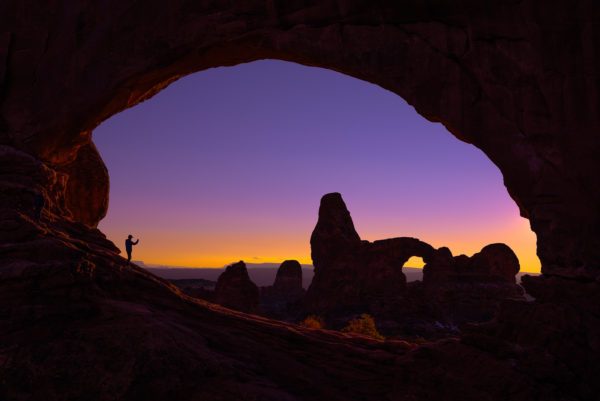
Sigma 24-105mm F/4 Art at 38mm
ISO 64, F/13, 1/100th sec
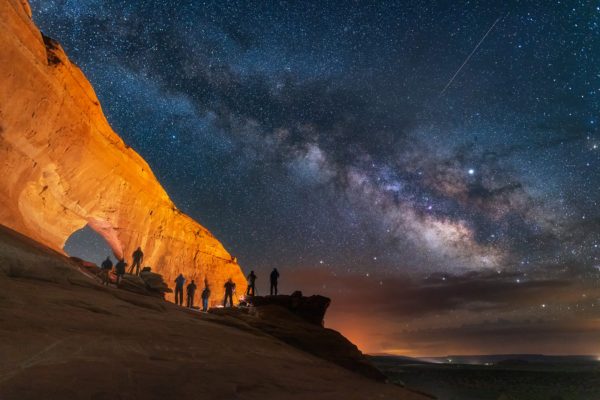
Sigma 20mm 1.4 Art
ISO 6400, F/2.5, 15 seconds
Moab has a lot to offer for many different kinds of people. Hiking, biking, rafting, climbing, running, and my favorite, night photography. I probably shouldn’t even be writing this because there will be some people who have never been to Moab and want to come visit based just on the good things I am saying about the area.
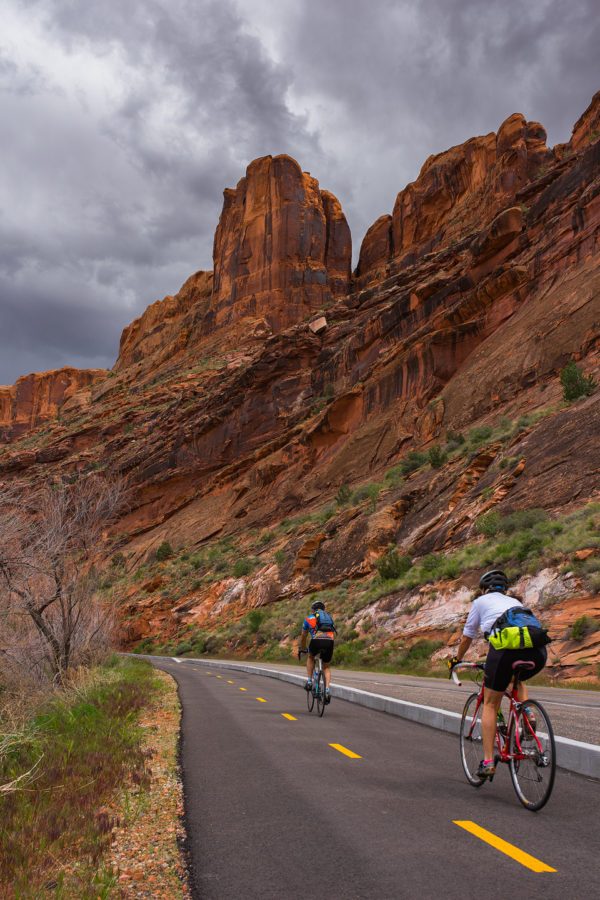
Sigma 35mm 1.4 Art
ISO 200, F/9, 1/400th second
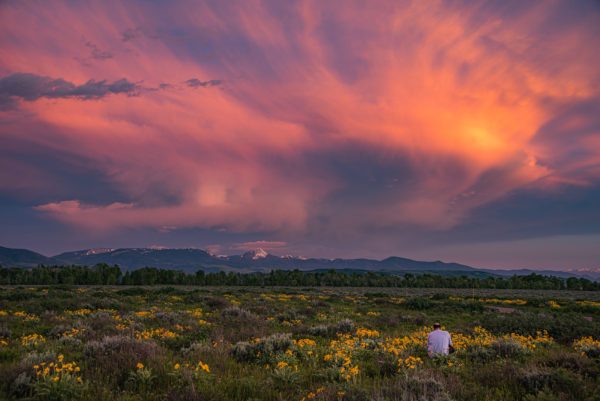
Sigma 24-105mm F/4 Art at 35mm
ISO 200, F/5.6, 1/125th second
Moab suffers the same issue as other public lands, humans and our recklessness. While we may not see it at night, it’s sure a visible problem in the daylight. As people who love the outdoors and want to have a great place to do recreational activities, it’s imperative that we leave it better than we found it and follow a “leave no trace” mindset so that those who come to enjoy our parks and lands after us will enjoy it just the same. “Leave no trace” covers a lot of area from litter to walking off trail. We, ultimately, don’t want to let anyone know that someone has been there before us. If we pack it in, we pack it out, we don’t write, scribe, draw or paint on rocks, arches or anything.
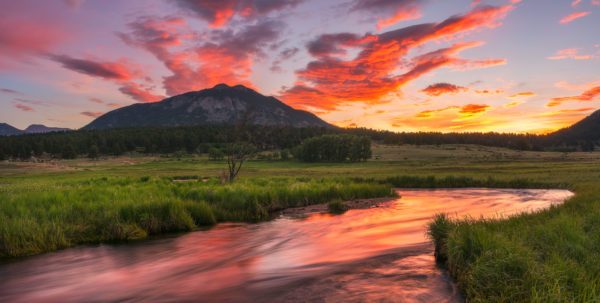
Sigma 24-35mm F/2 Art at 26mm
ISO 64, F/16, 1 second
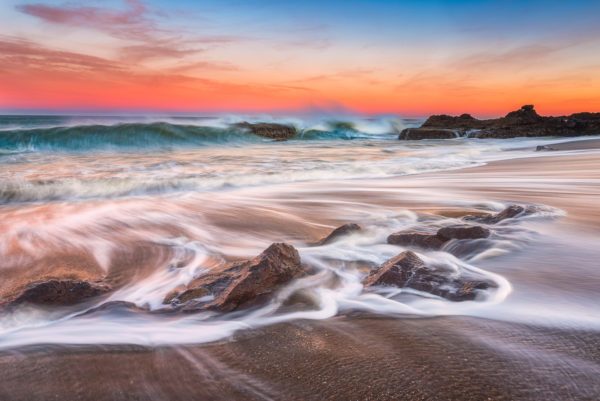
Sigma 20mm 1.4 Art
ISO 64, F/13, ½ second
While here at the conference I met up with Phil Monson who is a local Utah photographer. Phil is getting the word out via his social media channels about the ongoing problem with litter and vandalism in his home state of Utah. Phil runs a company called Entrada Outdoor where he uses clothing to help spread his messages. As a photographer like Phil, I fully support his efforts and hope others will, too.
Leading by example is extremely important not only as an individual but also within a group. During our workshops we communicate to our students about the good ethics and stewardship we want to follow and have our workshops students follow as well. And not only while on the workshop but also when they are on their own later.
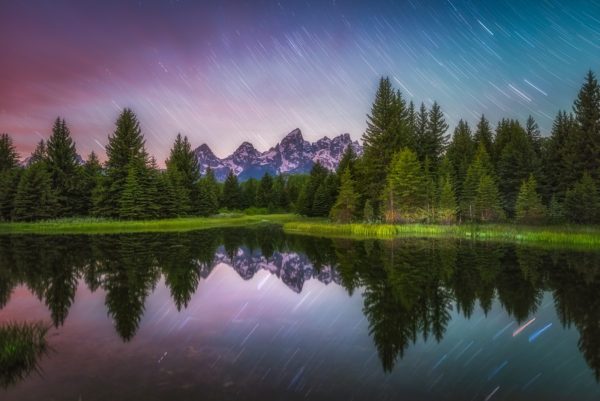
Leading by example also works the other way, when people see other people crossing lines, they feel tempted to do the same, which then tempts others to do the same. Places like Maroon Bells in Aspen, Colorado have recently roped off the lake area from the trail area so that you can no longer go down and stand at the water’s edge and yet, I have seen people who simply ignore the signs. Sometimes the signs are simply to keep people out so an area can regrow but other times the signs are for YOUR safety. As an example, Yellowstone National Park has warning signs telling you to stay on the trail, the water is hot, the earthen is thin and will not support the weight of a human. Once your body weight punches through the thin crust into the boiling water, your time is limited.
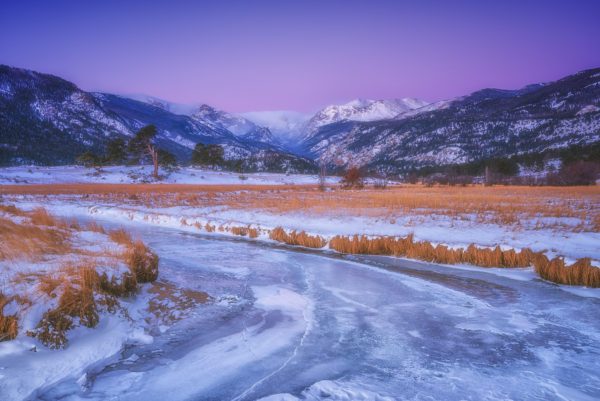
Sigma 24-105mm F/4 Art at 35mm
ISO 50, F/9, 1 second
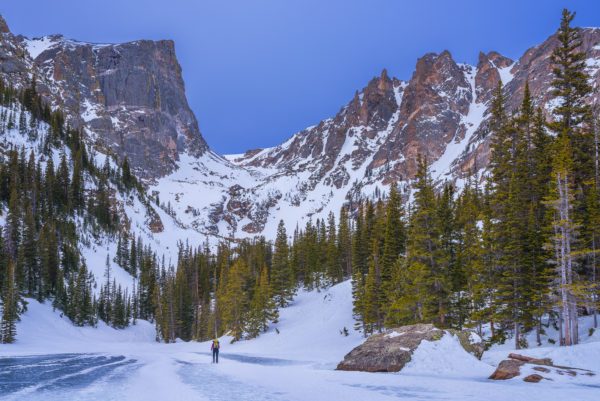
Sigma 24-105mm F/4 Art at 38mm
ISO 64, F/9, 1/8th second
Recently launched was a new website called Nature First – The Alliance for Responsible Nature Photography – and it follows some pretty basic principles.
THE NATURE FIRST PRINCIPLES
- Prioritize the well-being of nature over photography.
- Educate yourself about the places you photograph.
- Reflect on the possible impact of your actions.
- Use discretion if sharing locations.
- Know and follow rules and regulations.
- Always follow Leave No Trace principles and strive to leave places better than you found them.
- Actively promote and educate others about these principles
If we, as photographers and outdoor lovers, can follow these basic principles then there is no doubt in my mind we can make the outdoors a better place for the next person that comes along.
While I am speaking about this from a human standpoint, there are also other things to think about. How does walking off trail effect the soil and ecosystem that relies on that soil to grow and regrow? If animals could speak they would not like us very much either—we leave litter in their natural habitat which can cause damage or death. Not cool! Let’s make a pledge to be good stewards, do the right thing, and make sure whatever area we are visiting, we do something good to leave it better than we found it!
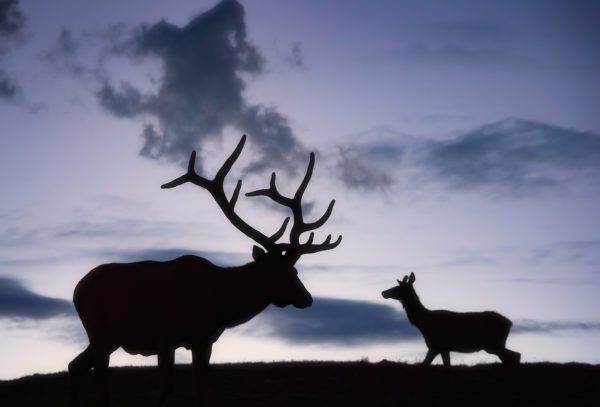
Sigma 24-105mm F/4 Art at 105mm
ISO 1600, F/5, 1.200th second


I enjoy my Sigma Art lenses for landscape, live music photography and videography. The color and detail is outstanding. I have a live music show going on PBS soon and much of it is shot on Sigma art lenses and Nikon DSLRs. Very much rely on their durability in extreme shooting conditions. My Tamron 15-30 f/2.8 wearing out and showing it’s age quickly while older Sigma lenses art and non art still look pristine.
Great article! I live in the community supporting Joshua Tree National Park and it’s so devastating to hear and see what other humans do to these precious natural resources.
Whilst I agree with your sentiments and am fully behind you regarding litter, vandalism and general carelessness by many individuals, there are photographers and others who are genuinely interested not only on the geology but to the flora and fauna as well. They probably go off track to photograph but will take care to damage very little as possible. The native Americans looked after these places with a lot of respect but must have damaged areas through their migrations and hunting but the land and everything on it always recovered. If you start to make areas out of bounds for people, they will not bother to visit again and eventually you will have a very pristine area and no one to enjoy it!